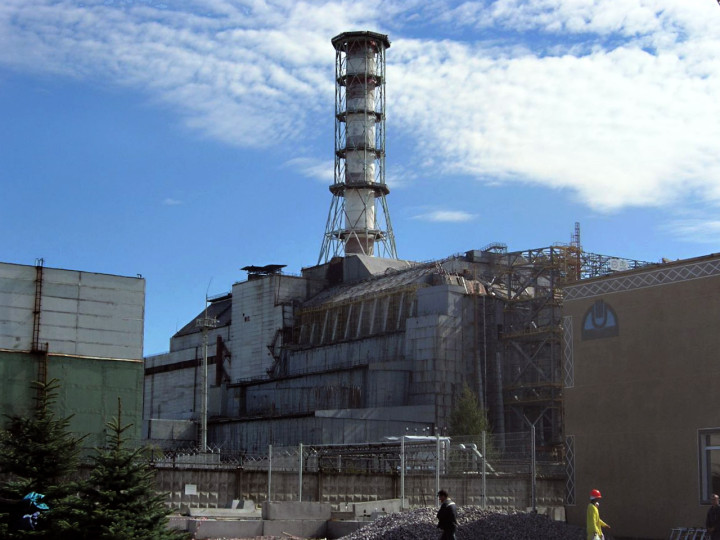Marking the commemorations of the nuclear disasters in Chernobyl and Fukushima, IPPNW Germany is calling on the German government to work towards a speedy closure and decommissioning of all nuclear reactors in Europe. One early morning thirty years ago, humankind was made painfully aware of the dangers of nuclear energy when reactor 4 of the Chernobyl nuclear power plant exploded. For weeks afterwards, radioactive clouds spread harmful contamination across the whole of Europe. Germany was also affected, particularly the states of Bavaria and Baden-Wuerttemberg.
In the first months following the nuclear disaster, more than 800,000 clean-up workers worked in the destroyed plant and were exposed to very high radiation doses, suffering substantial harm to their health as a result. It is estimated that between 112,000 and 125,000 of these “liquidators” have died, the main cause of death being stroke and heart attack.
More than 350,000 people had to be evacuated from the 30 km zone around Chernobyl and other heavily contaminated regions. Approximately 8.3 million citizens of Ukraine, Belarus and Russia were exposed to high levels of radiation. An estimated 100 million people in the Soviet Union and 500 million in the rest of Europe were exposed to increased levels of radiation than normal. About 36% of radioactive cesium was dispersed across Belarus, Russia and Ukraine , 53% over the rest of Europe and 11% around the rest of the globe. In Germany, millions of people incorporated radioactive isotopes such as 131Iodine or 137Cesium by breathing contaminated air or by ingesting contaminated food and drinks. Even today, harmful levels of radioactive cesium can be found in Bavarian game, mushrooms and wild berries.
The most well-known effect of the nuclear disaster is the massive increase in thyroid cancer, particularly in Belarus, Ukraine and Russia, but also to a lesser extent in all other radioactively contaminated regions of Europe. This pronounced focus on thyroid cancer has overshadowed other, possibly more problematic, health effects of Chernobyl. For instance, the clean-up workers and inhabitants of the heavily-contaminated areas show a significant increase in the incidence of leukemia and lymphomas, as well as malignant tumours in the prostate gland, the skin, kidneys, the intestine and breasts.
The occurrence of radiation-induced non-malignant diseases such as heart attack, stroke, cataracts or hormonal imbalance is only now beginning to be understood and the rates of occurrence are most probably similar to the incidence of cancer. Already in the first few years following the disaster, birth defects, chromosome aberrations, such as Down Syndrome, and the increase of perinatal mortality were registered in people exposed to 137Cesium.
The nuclear industry continues even today to downplay the Chernobyl catastrophe, for example by limiting their studies to the most heavily-contaminated regions. The IAEA – whose charter calls for the global promotion of nuclear energy – assumes a collective dosis of 55,000 person-sievert, which is still enough to cause about 5,000-9,000 additional cancers in the population. However, the Soviet authorities estimated a collective dosis of 2.4 million person-sievert, enough for around 216 000 – 842 000 additional cancer cases, of which about half would be fatal. The truth probably lies somewhere in between.
The IPPNW/PSR Report “30 years living with Chernobyl – 5 years living with Fukushima” can be found here: https://ippnw.de/commonFiles/pdfs/Atomenergie/Tschernobyl/Report_TF_3005_en_17_screen.pdf






